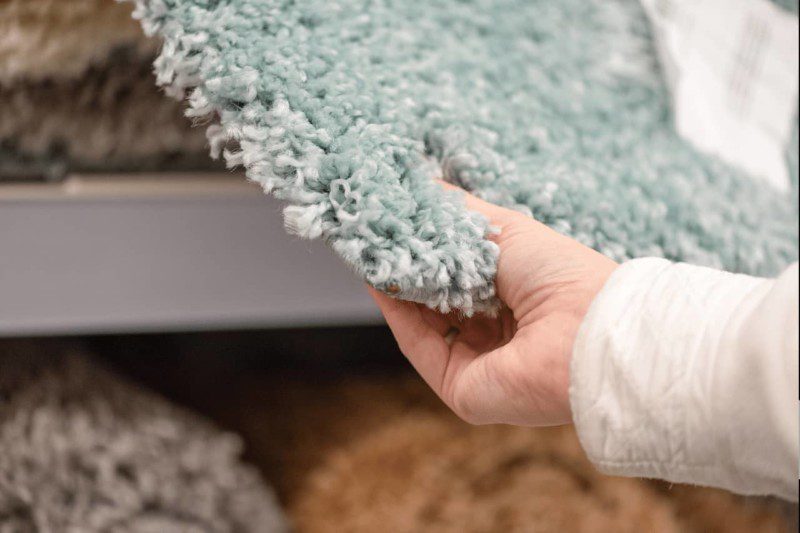Whether it’s in your bedroom, bathroom, kitchen, or living room, moths can be a big problem. The question is how to keep them away. What about moth control?
Moth infestation is a common issue in homes around the world. In fact, it’s one of the most common reasons why people call pest control companies.
While the moths aren’t particularly dangerous, their droppings and dead bodies can cause various health issues in people and pets.
And since they can eat through upholstery, carpets, and fabrics, they can cause a lot of damage to property.
So what can you do about moth pest control?
What is a Moth?
Moths are a type of insect that is closely related to butterflies. They are typically nocturnal creatures and are attracted to light.
Butterflies are considered to have evolved from moths, which were the daytime equivalent of butterflies. After flowering plants came into existence, the butterflies became colorful butterflies.
Many people consider them pests, as they are often drawn to homes and can cause damage to clothing and other materials. There are over 16,000 species of moth, making them one of the most diverse groups of insects.
Do You Have Moths?
Moth infestation can be a severe problem in the home. There are several types of moths that can infest homes, including clothes moths, carpet moths, and food moths. Every kind of moth has different habits and preferences, making them difficult to control. Clothes moths are attracted to natural fibres like wool, while carpet moths prefer to feast on dust and other debris. Food moths are attracted to anything edible, including cereals, grains, and nuts.
Clothes Moths
Clothes moths are small, winged insects typically between 1/2 and 1-inch in length. They are attracted to fabric made from natural fibers such as wool and cotton, which they use to create their cocoons.
The larvae of clothes moths feed on these materials and can cause extensive damage to clothing and other fabrics. To prevent clothes moths from damaging your belongings, keeping your storage areas clean and free of clutter is essential.
Items that are not being used should be stored in airtight containers. You should regularly vacuum and wash any areas where clothes moths are likely to congregate. If you find clothes moths in your home, you can get rid of them by using a clothes moth trap or spraying them with an insecticide.
Carpet Moths
Carpet moths are small, winged insects that are related to butterflies. They are attracted to natural fibers such as wool and can cause damage to carpets and other fabrics. Carpet moths are usually only a problem in homes with dust or where the vacuum is not used often enough. To prevent carpet moths, it is important to vacuum regularly and to keep your home free of dust. If you have a carpet moth problem, you can contact a pest control professional to remove them.

Food Moths
Food moths are small, winged insects that are attracted to food sources. They are often found in kitchens, pantries, and other areas where food is stored. Food moths are capable of infesting both dry and packaged food. They are particularly attracted to grains, cereals, nuts, and dried fruit. When food moths infest a food source, they can contaminate it with their faeces and body parts. This can cause sickness in humans who consume the infested food.
Signs of an Infestation
There are several signs of a moth infestation.
The most common sign is the presence of tiny, silvery-white moths flying around the home. These moths are actually the adult form of the common clothes moth and are attracted to light.
Another sign of a moth infestation is the presence of tiny, brown-colored moths crawling on clothing or other fabrics. These moths are the larvae of the clothes moth, and they feed on natural fibers such as wool, silk, and cashmere.
Finally, another sign of a moth infestation is the presence of small, round holes in clothing or other fabrics. These holes are created by the larvae of the clothes moth as they feed, and they can damage clothing and other materials.
Getting professional help
If moths are becoming a pest problem, your professional pest management company will provide a thorough inspection to identify the specific pest moth. The professional will develop an effective plan to control the pests. Based on the pest inspection findings, your professional will develop a treatment plan to treat the problem effectively.
It’s essential to correctly identify pests since many species of food and fabric moths exist. The specific treatment plans needed for each species must be tailored to that moth. If the moth isn’t accurately identified, it could result in a treatment plan that will be ineffective for the moth species that need to be controlled.



